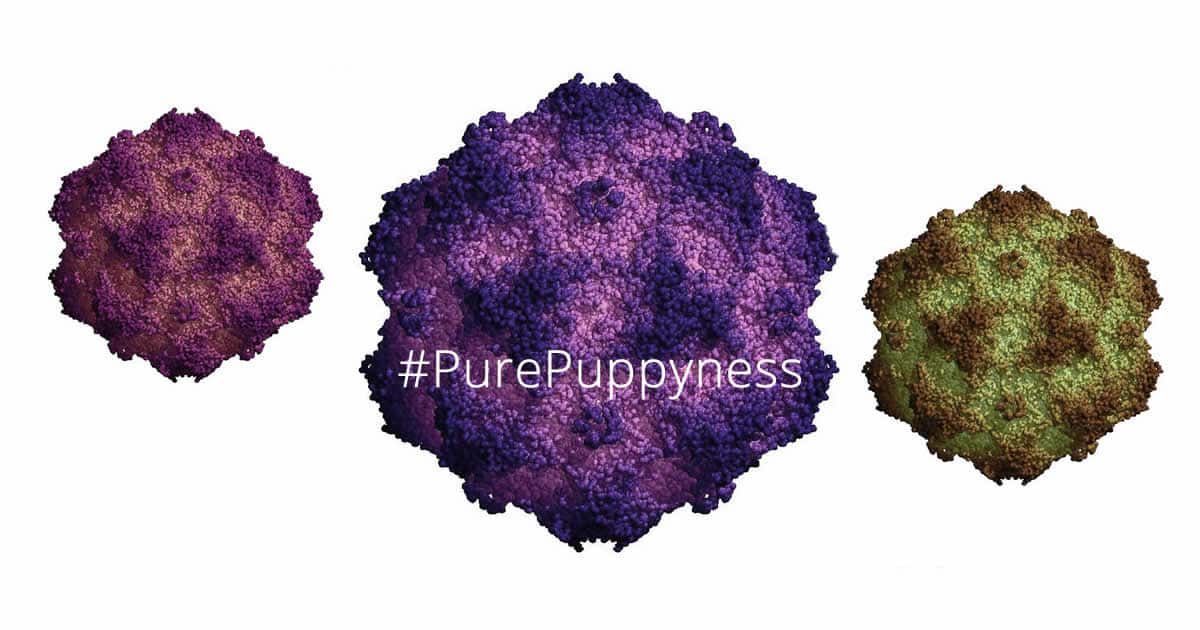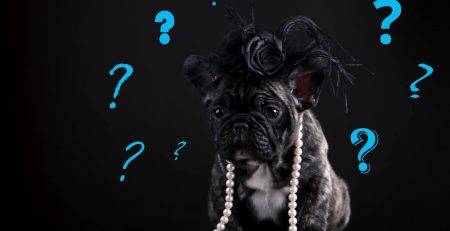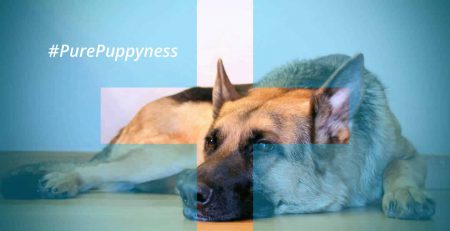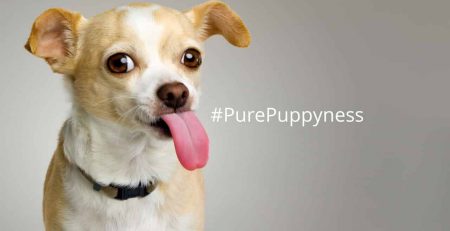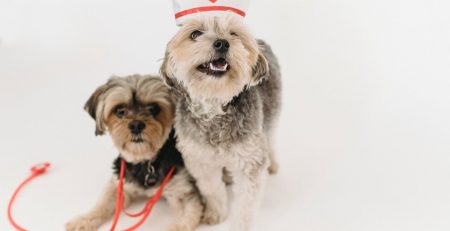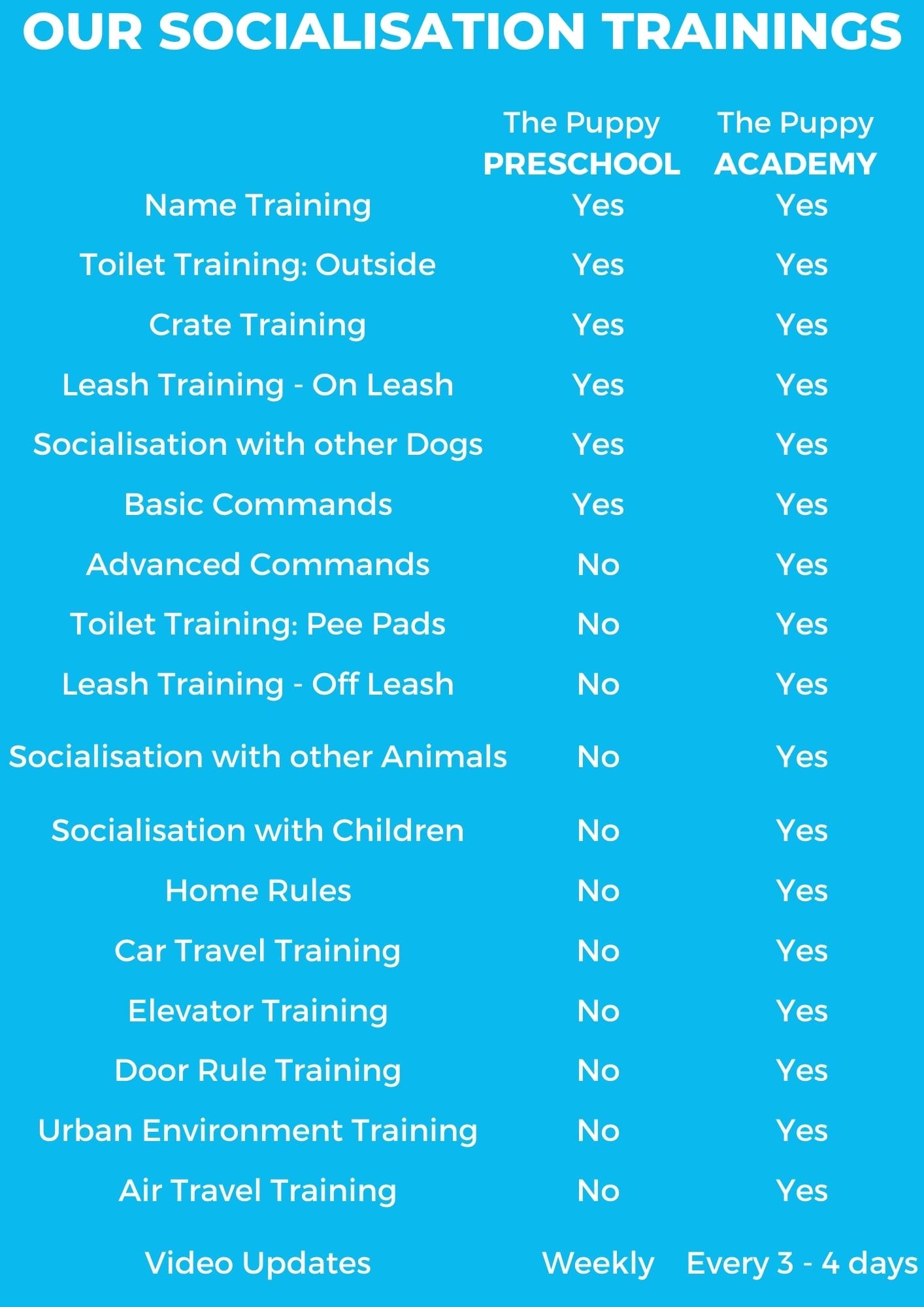Parvovirus: The Dreaded Dog Disease
What is Parvovirus?
The dreaded Canine ParvoVirus (CVP) is highly contagious and often has fatal consequences. It affects all dogs, but is particularly dangerous for puppies, whose immune systems are less developed than those of adult dogs.
Types of Parvo
There are two forms of Parvo. The intestinal form is more common. It affects the dog’s ability to absorb nutrients, making the animal weak and dehydrated, and leads to lack of appetite, vomiting, diarrhoea, and weight loss. The dog’s heart often beats rapidly, the body temperature is often low, and the damp tissue of the eyes and mouth may be reddish. Often the dog’s stomach and abdomen are tender, and the dog will show signs of pain when this area is touched.
Intestinal Parvo passes from dog to dog through oral contact with the virus. Bodily fluids or contaminated surfaces harbour the virus; for example, if a dog sniffs the face of an infected dog. Just keeping your dog away from an infected animal isn’t enough to fully protect them if they are not vaccinated.
The cardiac form of Parvo is characterised by respiratory or cardiac failure. Although much less common then the intestinal form of the disease, it is no less serious. A mother dog can transmit the disease to her unborn puppies. Puppies, especially those younger than 8 weeks old, are also at risk of catching the cardiac form of Parvo.
The virus attacks the muscles of the heart, and usually kills the puppy, often suddenly and with little to no symptoms. Dogs that do survive often have some fibrosis (thickening and scarring) of cardiac muscle, which can cause problems later in life.
General Symptoms
A dog suffering from Parvo start show symptoms 3 to 10 days after being exposed to the virus. The infected dog will be lethargic. The other symptoms will soon follow: loss of appetite (anorexia), vomiting, diarrhoea (frequently bloody), and sometimes fever. The dog will sicken and die without treatment. Even with treatment, there is a high chance of mortality, especially if the dog is diagnosed late or is very young or weak.
There is a specific test for Parvo: the ELISA test (Enzyme Linked Immuno-Sorbant Assay). It detects the virus from a sample of the dog’s faeces. It takes about 15 minutes to complete, and can be done at the vet’s office, though the vet may recommend additional testing to be certain.
Treatment
If you suspect that your dog has Parvo, take them to the vet at once. The sooner your dog is treated, the better the chances of successful treatment. There is no specific drug that can kill the virus. Any treatment is supportive care to boost the dog’s immune system and help to control the symptoms. Treatment includes antibiotics, anti-nausea medicine, and the use of colloids and crystalloid IV fluids. The sick dog needs fluids and electrolytes to help combat the effects of vomiting and diarrhoea, and to help the body return to normal function. In some cases a blood plasma transfusion may be necessary.
Prevention
Prevention is better than cure, as the old adage says. Vaccination is essential to prevent Parvo. Puppies are vaccinated at 6 to 8 weeks of age with a 5-in-1 vaccine that prevents a number of diseases, including Parvo, followed by booster injections until the puppy is 16 to 20 weeks old. An additional booster is given when the dog is a year old. Until your puppy has been vaccinated, it’s better to keep them inside. If you have an older dog and are unsure of its history, it is better to have it vaccinated.
Areas where an infected dog has been need to be thoroughly decontaminated with diluted bleach. The virus can survive on surfaces for months. Do not allow new dogs into the area until everything has been thoroughly decontaminated.
Be sure to ask your veterinarian for advice on how to prevent Parvo!
Let us note that NewDoggy.com delivers only vaccinated puppies and dogs and the vaccination regime contains Parvo prevention. When buying a puppy or dog from NewDoggy.com you can be sure that the puppy have the necessary vaccination. If you bought a puppy please make sure he gets the booster vaccination at the age of 1 year.

